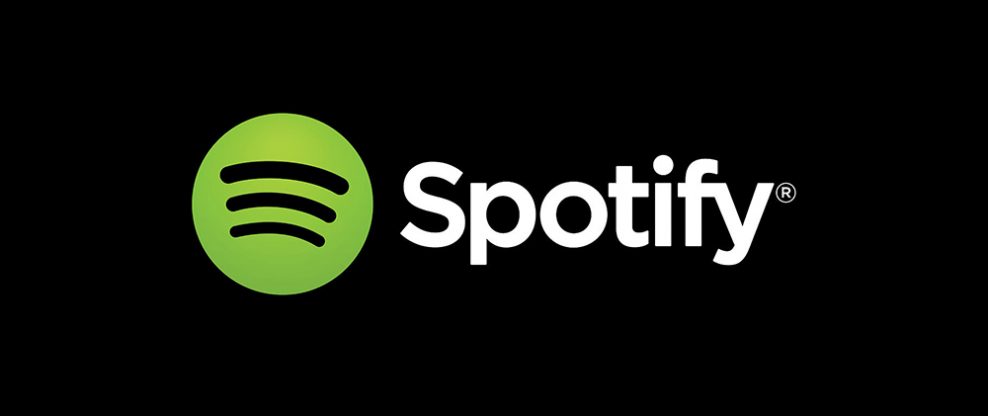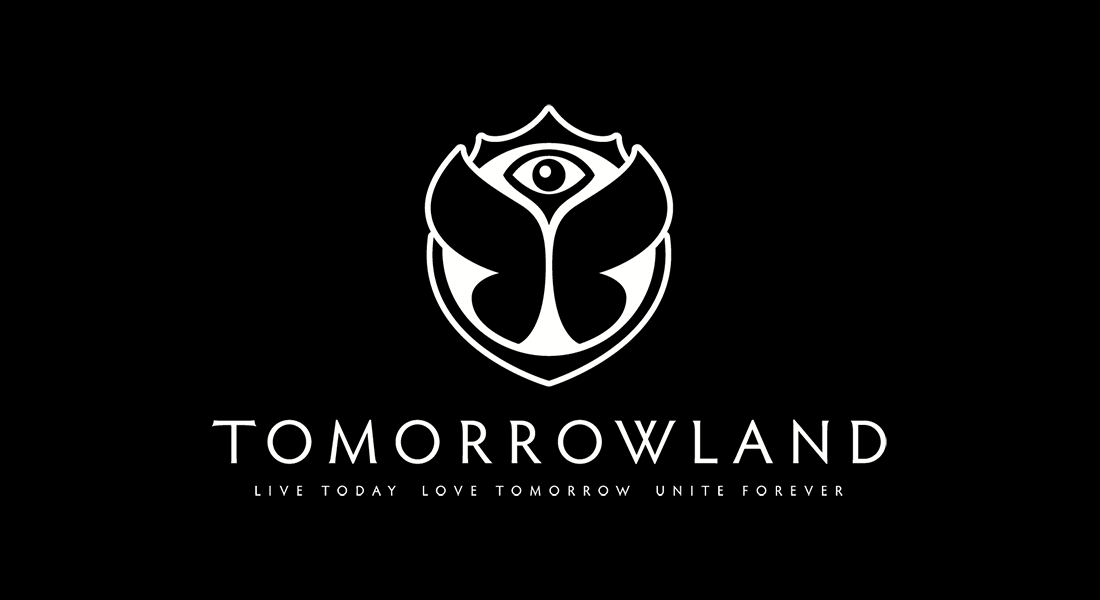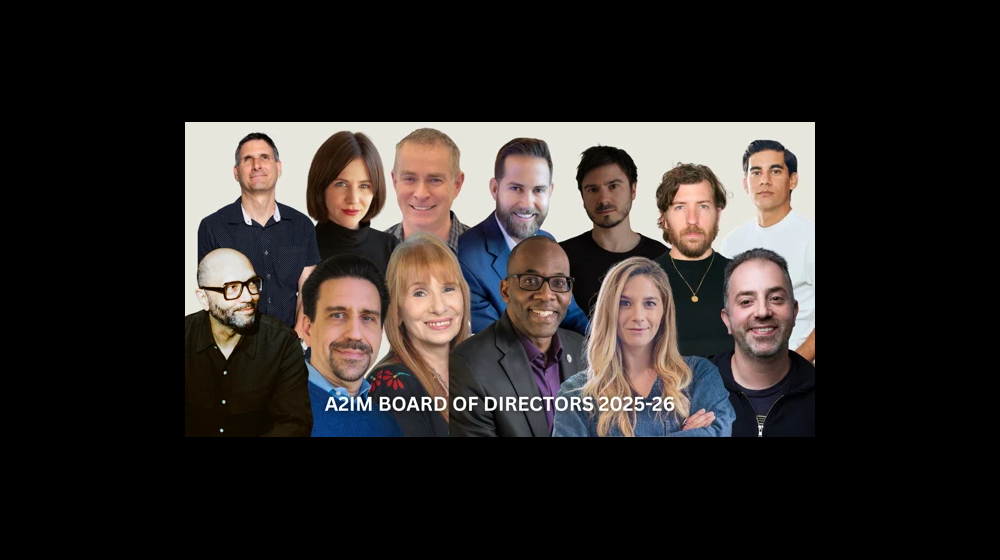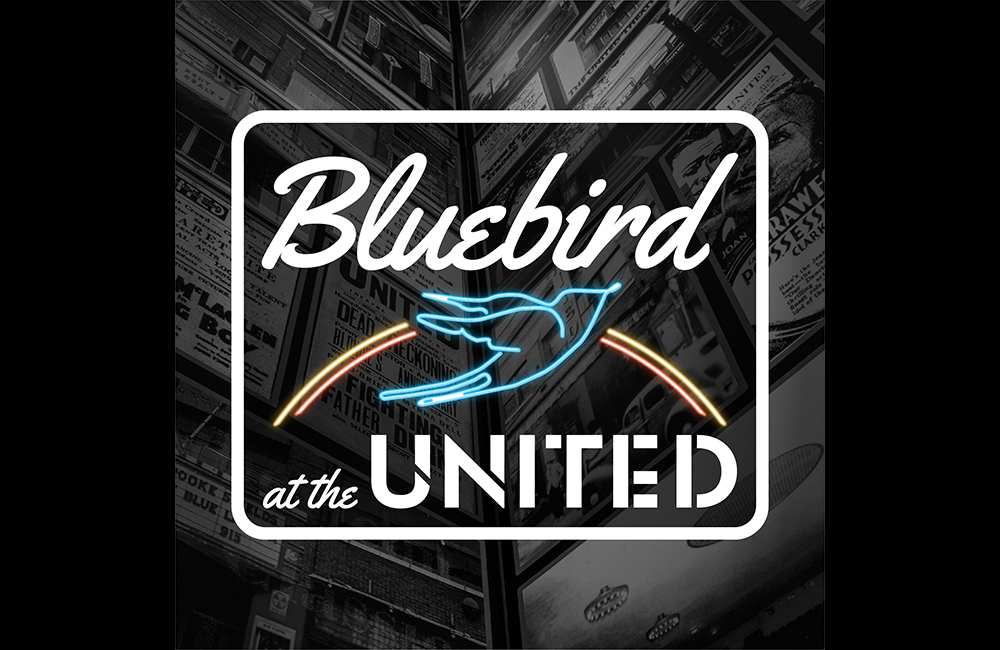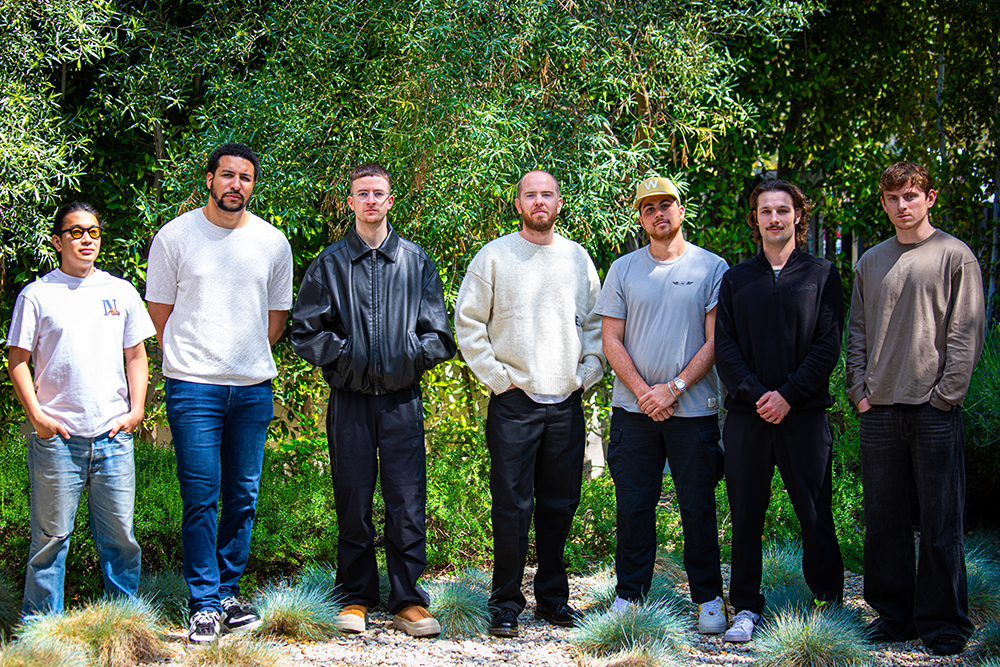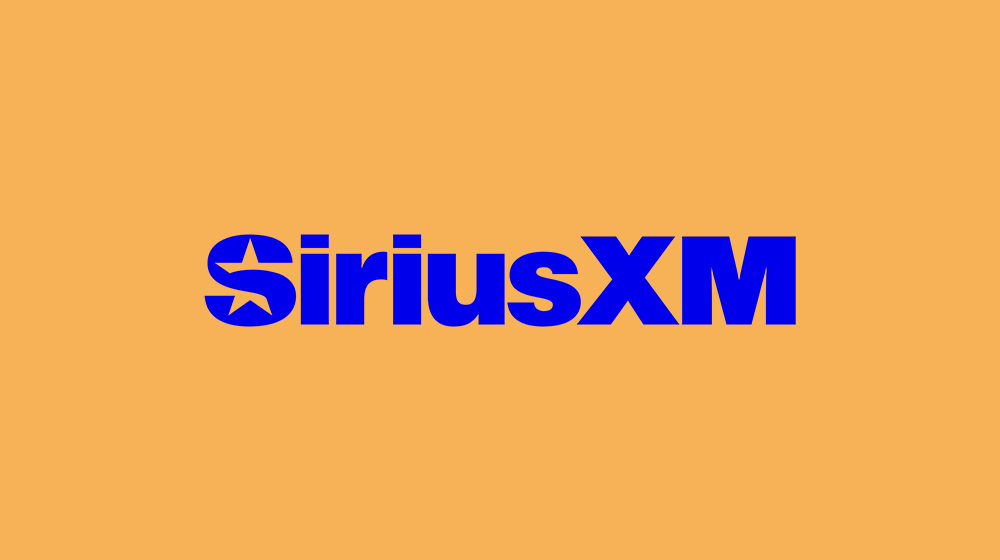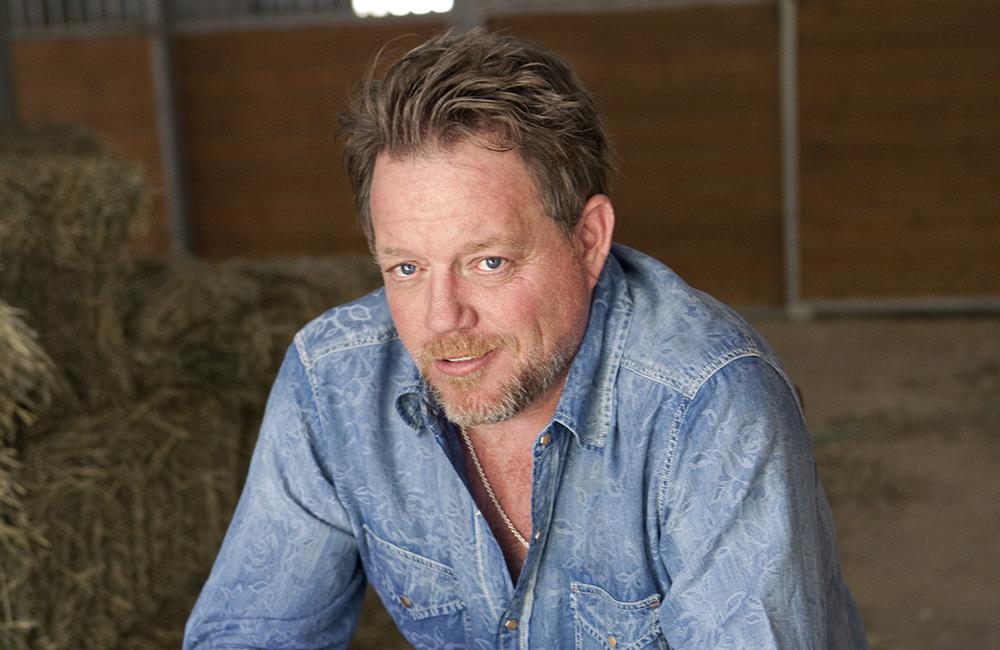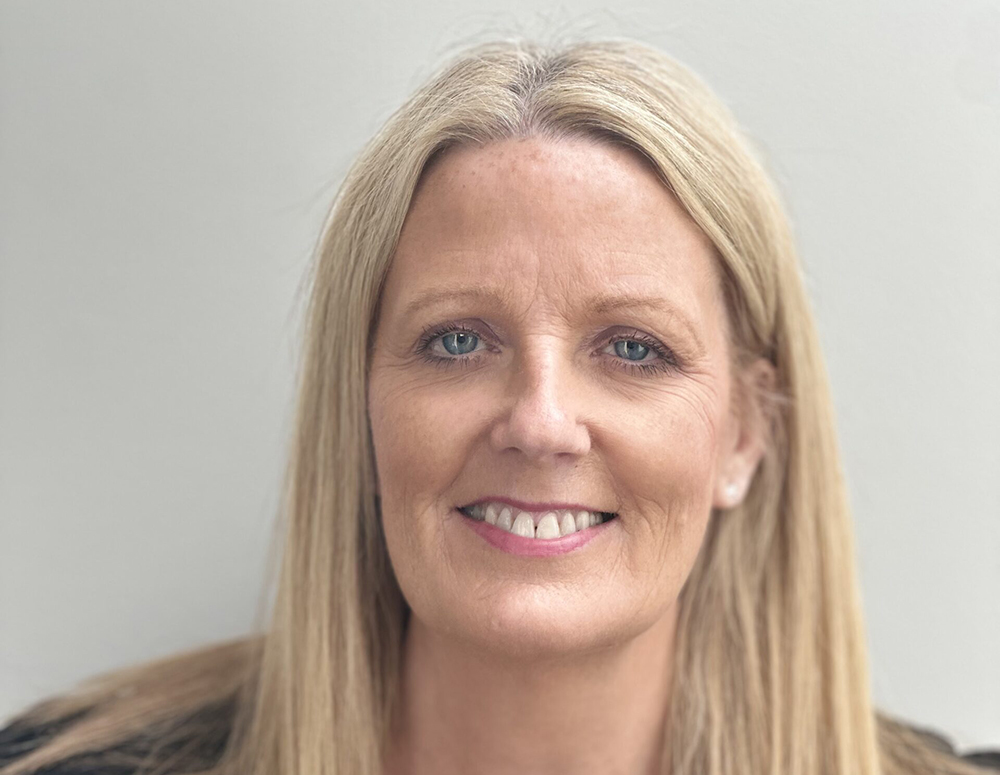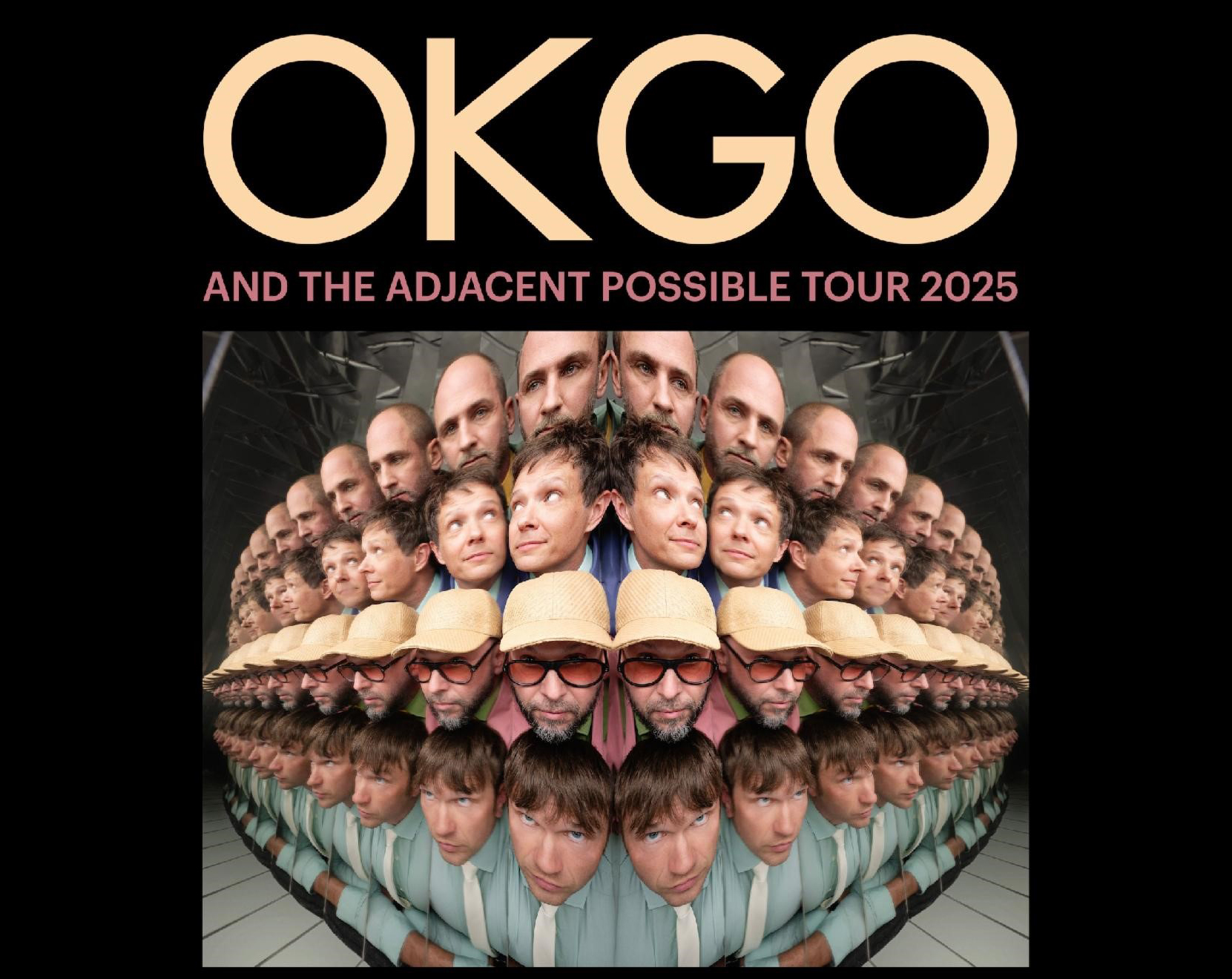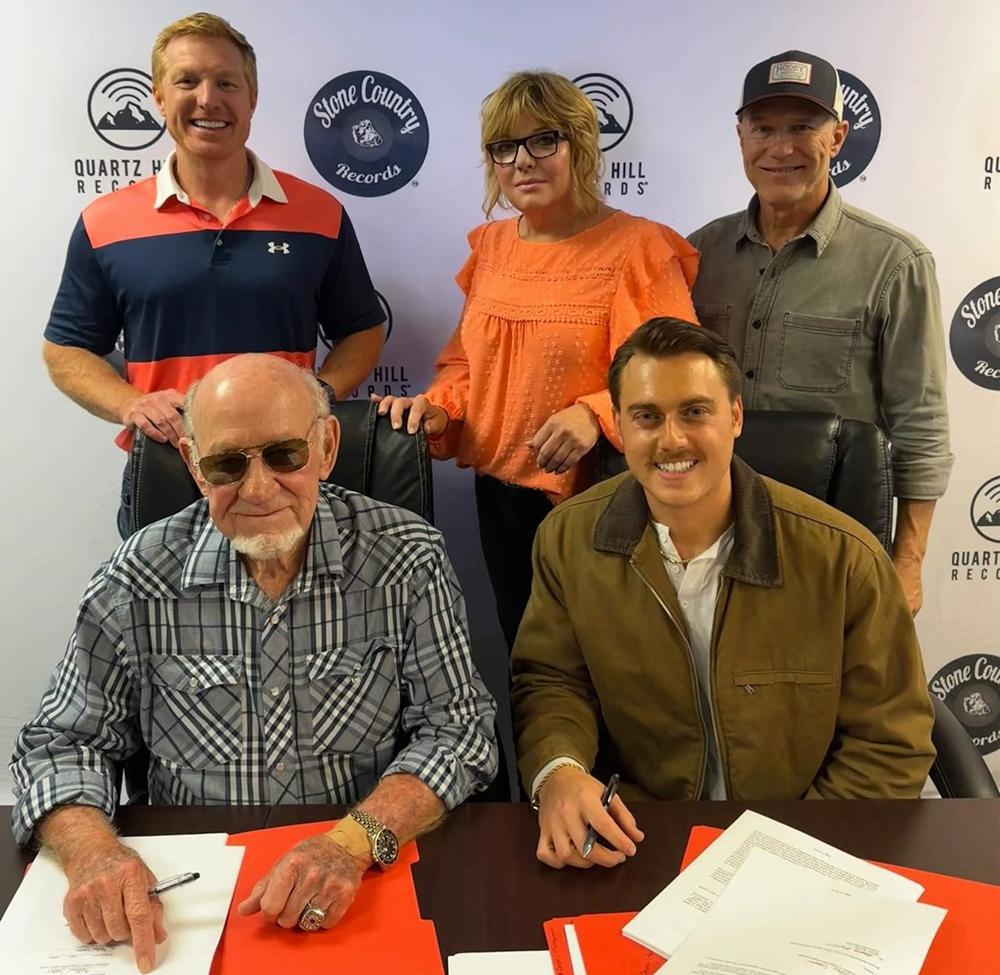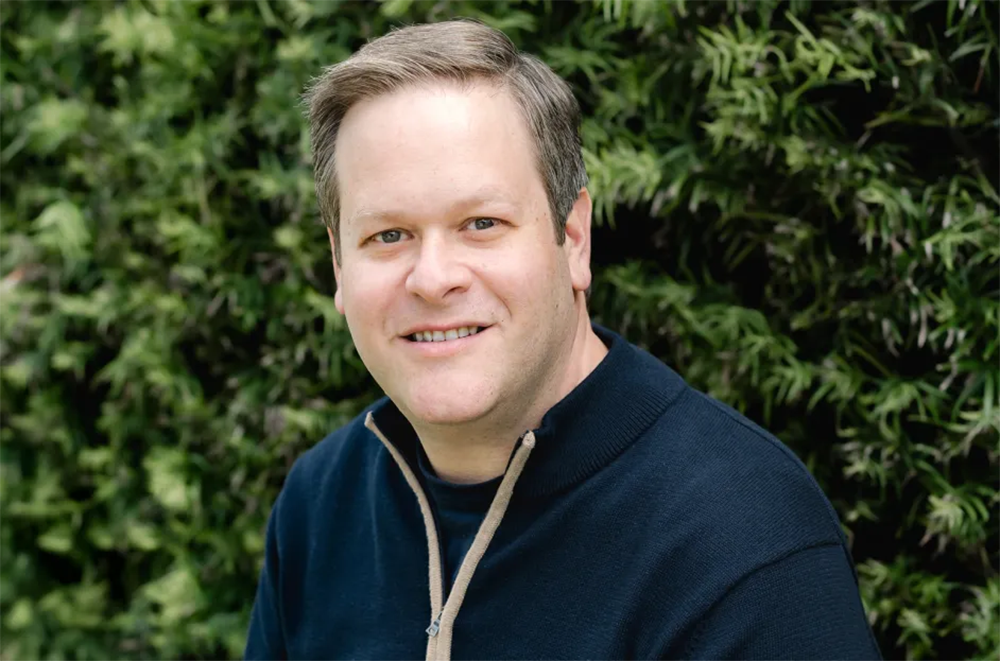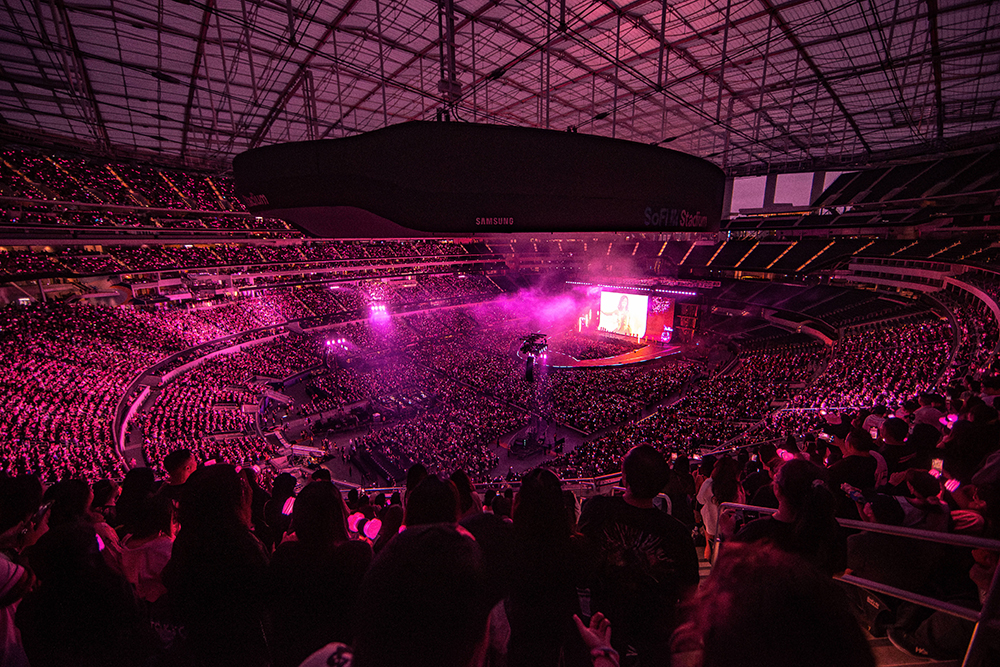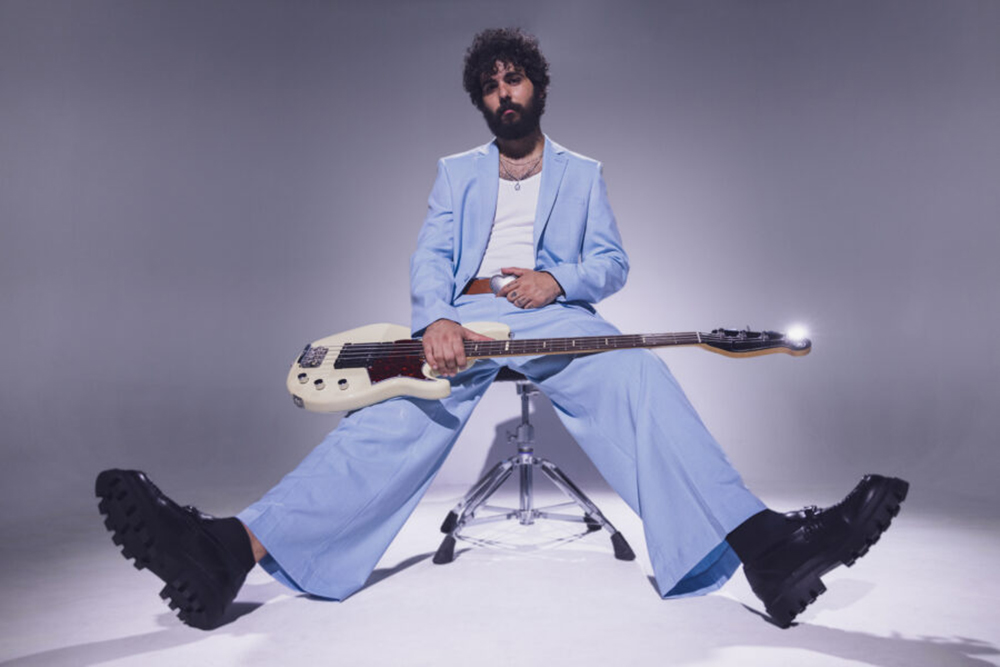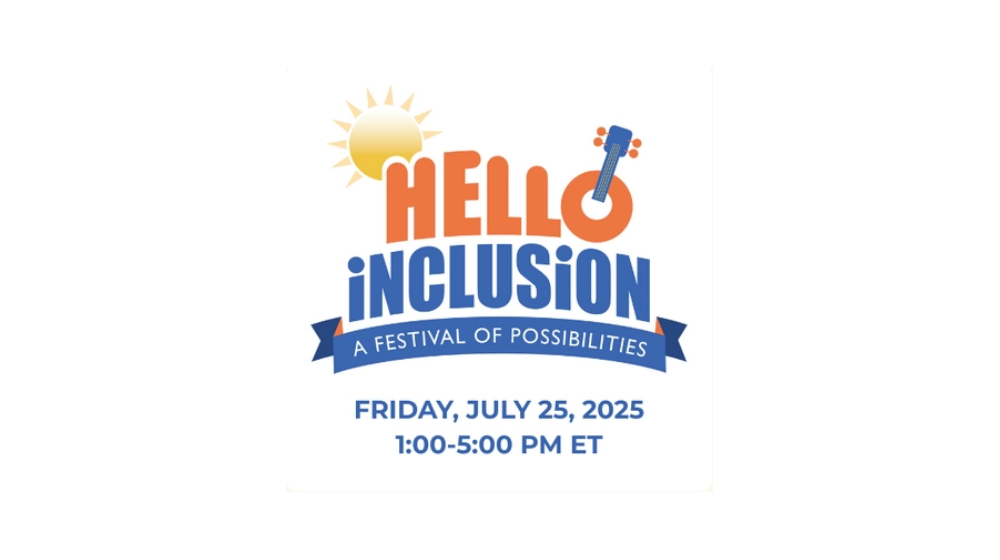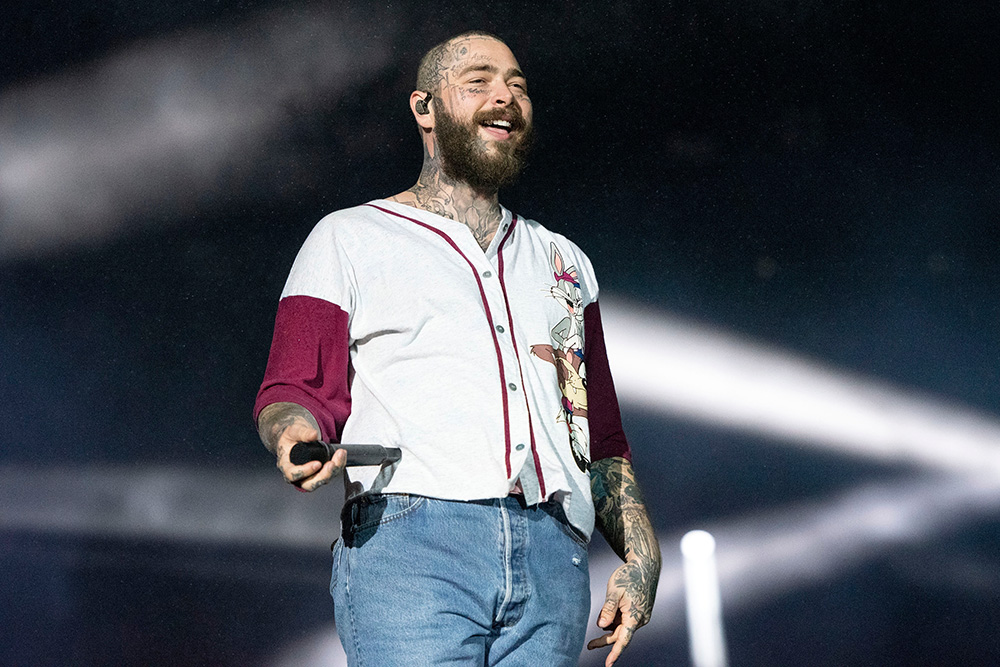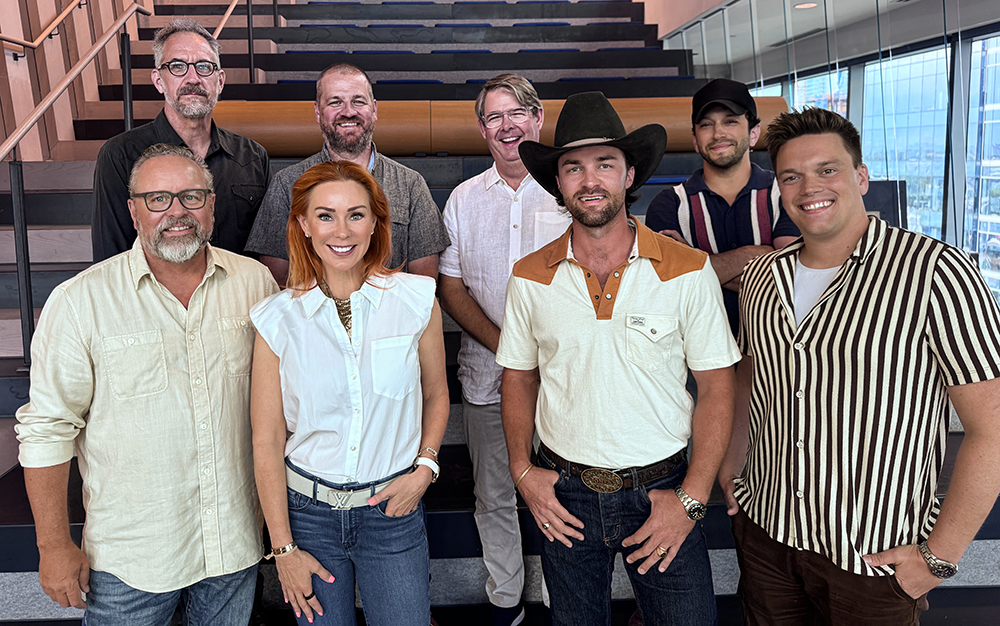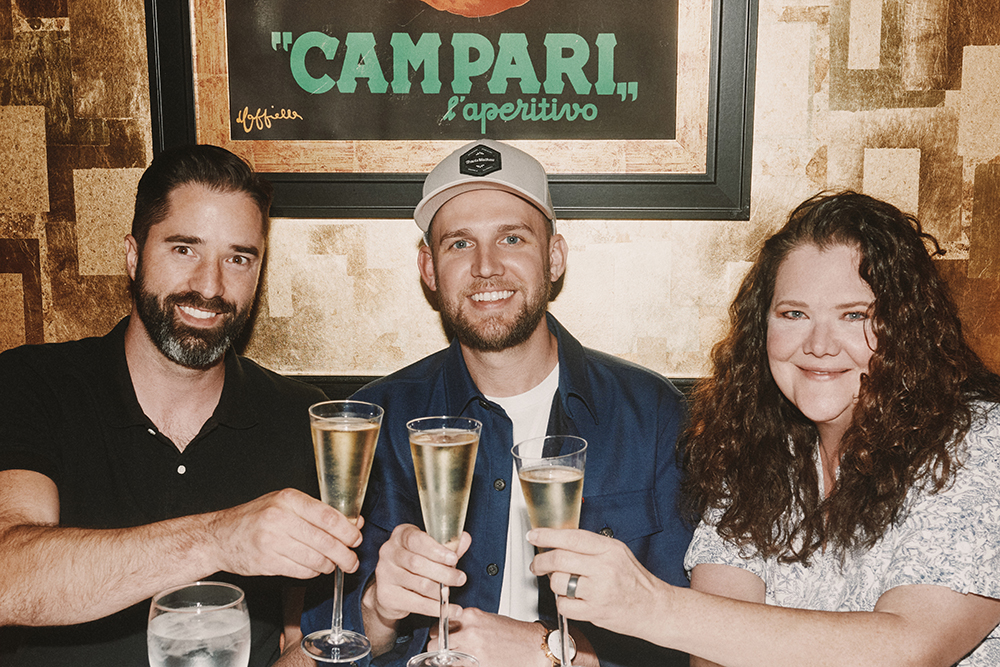(Hypebot) — As important as Spotify playlists are, the process behind how they are curated is a mystery to many. Here, a top Spotify editor offers us a peek behind the curtain.
By Natalie Weiner for Spotify for Artists
A Spotify editor explains how she curates a playlist that represents the ever-evolving sound of country music.
Very few genres have as strict an internal orthodoxy as country music. There are the artists that get played on (commercial, terrestrial) radio, and there are the artists that don’t — and never the twain shall meet. Until Indigo, that is. The Spotify playlist, launched last year, is framed around the shared roots and common musical ground of some of Music Row’s biggest acts and the more niche worlds of alt country, folk and Americana. It features promising up and comers alongside megastars and country legends, grouped not because of the way that they’ve been marketed but because of the rich, organic, story-filled music they make. In this Q&A, Indigo editor Laura Ohls explains how she’s defying country industry rules to present a new, more global vision of the music that’s still steeped in tradition.
Spotify for Artists: When did you start the Indigo playlist, and how did you pitch it?
Laura Ohls: We launched Indigo as a playlist brand back in March [2020]. Essentially as a Nashville music team, both on the editorial side and with our team that handles partnerships with our labels and artists here in town, we had been talking ad nauseum about how country and Americana music scenes are intrinsically intertwined — how there’s an artist community and audience that overlap, whether it’s through tour lineups or press pieces you see that mention Chris Stapleton next to Margo Price.
A Miranda Lambert and an Eric Church can live just as easily next to Jason Isbell and Margo [Price] — they don’t need to be divided, there’s an audience that listens to both and there should be a home for them to do so. That’s why we didn’t just launch an alt country playlist and call it “Alt Country.” Maybe a listener has certain assumptions about an artist when they’re going into the playlist, and hopefully, we’re breaking those assumptions by making a listening experience where there’s a strong thread between the songs and between the artists. So, Indigo was born.
That’s generally our approach in creating a new playlist: Identifying where there is a community that has a demand for a specific listening experience — where there’s a culture brewing all of its own and meeting that demand, whether it’s with a single playlist or a slate of playlists.
How do you reconcile trying to defy existing genre terms with the fact that the playlist needs to be searchable and legible to people?
It can be complicated. It would have been easier just to put “Alt Country” in the title of the playlist — from a search perspective, you’d probably reach a lot more people. It’s so hard to reference who and what you’re trying to speak to without putting a label on it. I point to the successes of other playlists on our platform, like Pollen or Lorem, which we see as genreless to some degree. With all of these lists, the intention is more about programming the space for a specific audience versus a specific genre.
So when we were crafting this playlist, we wanted to make sure the title was more evocative than anything else because, again, we didn’t want this to be boxed in as a specific genre. Is it a country playlist? Is it an Americana playlist? It doesn’t matter. When we made that decision, we knew we needed to market this playlist in a very specific way — building a brand that is recognizable, that resonates with this audience and that hopefully people are talking about, versus having it be necessarily something that’s just easily searchable. Having that conversation out there is what’s going to get people interested in it.
When you’re listening to a song, how do you decide whether it’s fit for Indigo?
For me, it all starts with the song itself whether it’s country or Americana or bluegrass. The songs highlighted in the playlist often reflect certain traits that we see that we see at the country genre’s roots: There’s a certain perspective when it comes to storytelling. It’s got more organic instrumentation. The word that comes to mind, at the end of the day, is authenticity.
Knowing culturally where an artist fits is something that I’m always keeping top of mind. That being said, the majority of our process for reviewing songs from week to week is done through our playlist submission tool. As a result there are times we don’t have the full context of the artists, we’re just purely listening to the song. This allows us to judge a song on it’s own merit, while also exploring how the artist fits in the music landscape. That’s where the old school storytelling perspective, organic instrumentation, and that authenticity is really what I’m looking for.
With that idea of discovery in mind, do you feel like it’s your obligation as an editor to not only include songs that are — quantitatively — successful?
One hundred percent. One of the intentions behind this particular playlist was making sure that there was a home for some of these artists: they have rabid audiences, but there were limited opportunities to highlight them on our platform for the appropriate audience. The type of listener that’s listening to Indigo isn’t really a passive listener, we see it in the data. This is a listener that values fandom, and that values the craft of what these artists are doing.
Also, we are a global company, and we’re trying to make sure that these artists are getting as much visibility as possible — and that we’re expanding the reach of country music in general. Country is a huge priority for Spotify as a whole. We saw Indigo as an opportunity to reach a listener that maybe doesn’t identify as a country fan, if makes sense? Not just in the U.S., but more and more on a global scale. This is a brand of country that we think will appeal more to our friends across the pond, like in the U.K., and the Nordics. We saw this as a stepping stone to expose these artists to a totally new audience.
That said, we’re not by any means trying to reinvent country music — not to box it in was the whole point. It’s just a place where you can find some of the country superstars that you love alongside some newer artists and maybe even some artists that you wouldn’t necessarily think are appropriate next to each other, and hear that there is a through line that connects them all: they’re pushing the boundaries of the genre lyrically and sonically, but at the end of the day, they’re also carrying the torch of the genre’s past.
How do you see the relationship between streaming and country — a genre that is still very tied to terrestrial radio — now? How is streaming going to change Nashville, or how has it already changed?
As streaming in general becomes more popular across the US and also across the globe, we’re hopefully going to find that these artists are compelled to think about a more diverse audience, and as a result, it might change some of the perspectives that are represented in the country music industry.
We’re hoping that over time as country becomes more of a global genre, its voices are diversified and hopefully, that its audience is diversified, too. There might be dated assumptions of who a ‘country’ listener is, but we’re finding that that’s changing and I just want to make sure that’s reflected within our programming on Spotify.
Over time, as streaming expands the reach of country music, its voices and audiences are becoming more diversified. There’s an assumption of what a country listener looks like, and what demos they fall into, but we’re finding that that’s shifting and I just want to make sure that’s reflected….

